Affiliate links on Android Authority may earn us a commission. Learn more.
5G hype is coming. Don't fall for it.
Published onAugust 26, 2018
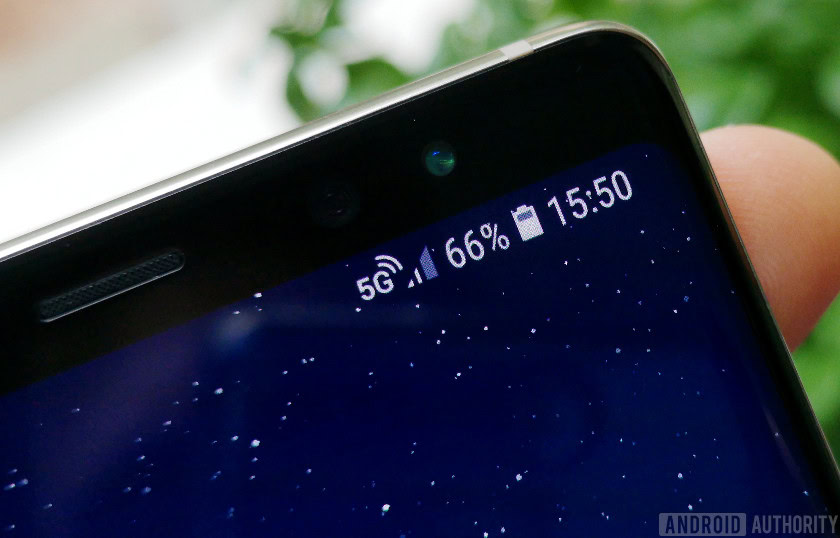
The 5G hype train has almost reached full speed now. We have our first 5G handset accessory, rumors about a 5G smartphone from market leader Samsung, and modem products available from the big chip manufacturers. The U.S. telecommunications market is gearing up to launch its first 5G networks before the year is out ahead of the rest of the world, and a burst of marketing material about exciting new network capabilities has already come out.
However, for every reason to be excited about 5G, there’s an equally good reason to hold off on any purchasing decisions just yet. There are risks involved in being an early adopter, and we don’t want you to waste your hard earned money.
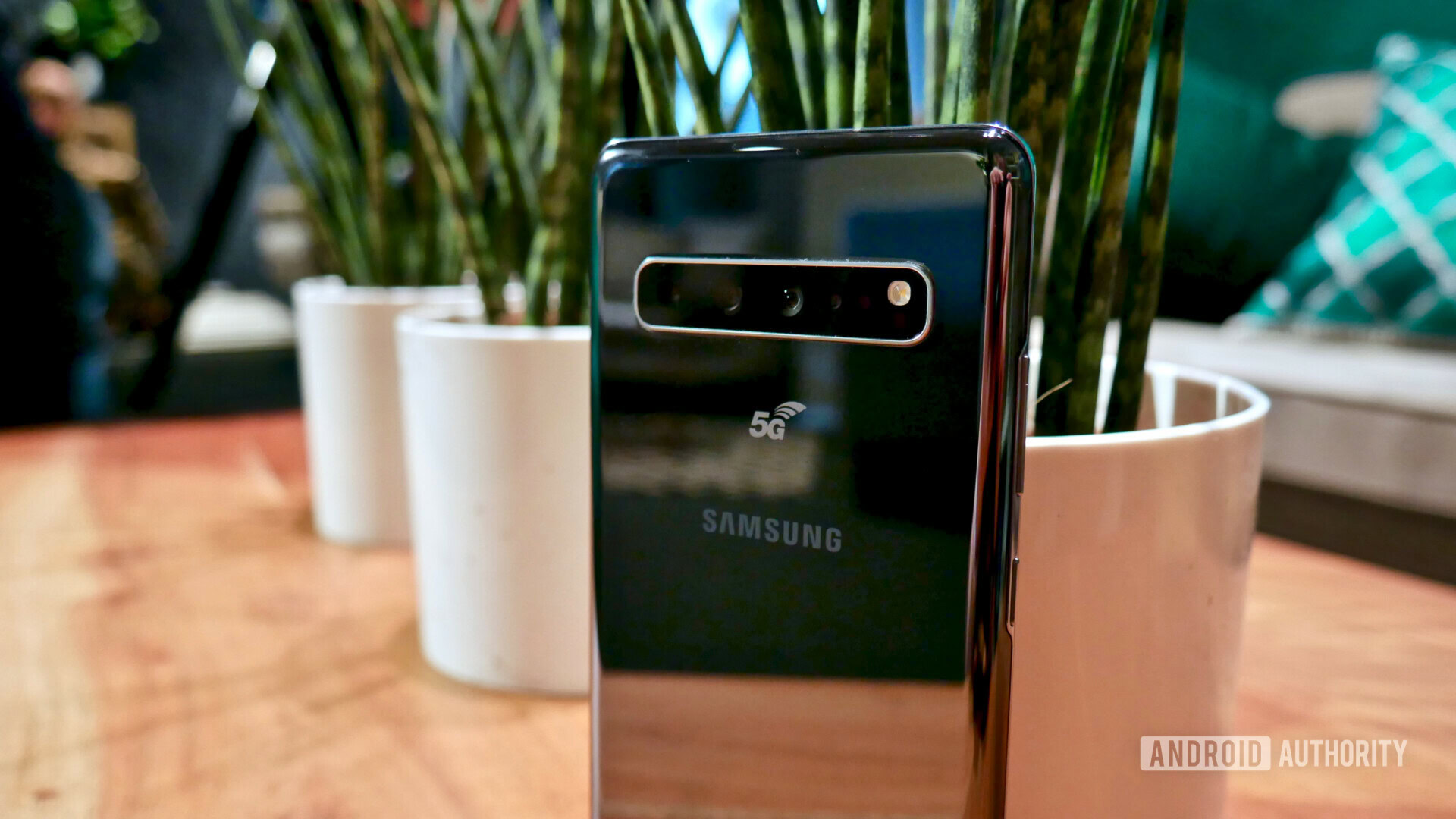
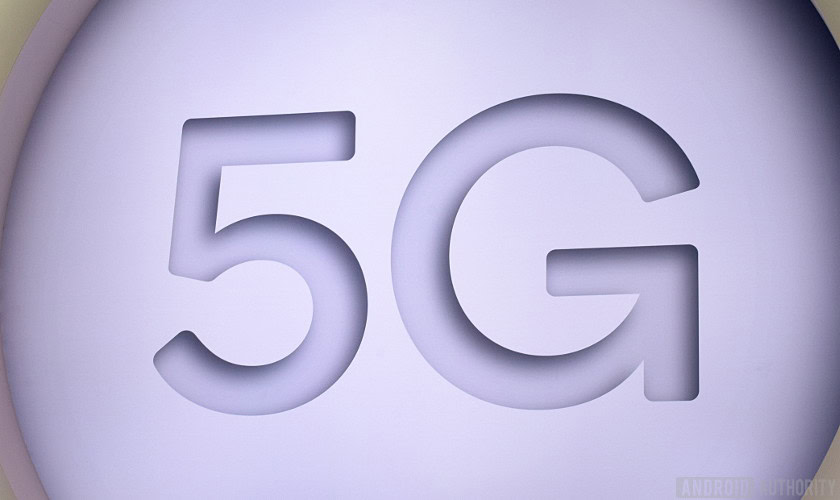
LTE is fast enough
The first big question to ask yourself is why you need next-generation telecommunications technology. It’s unlikely your current network is really too slow for your web surfing or streaming needs.
Chances are your current 4G network is already pretty nippy. Even if it isn’t, switching to fifth-gen network won’t instantly change that. LTE infrastructure will be the backbone of 5G networks, especially at longer distances where Wi-Fi and mmWave technologies can’t reach. Furthermore, next-gen rollouts will start in densely packed cities. If you’re in the middle of nowhere with a poor signal, that’s not likely to change for a while.
The average 4G LTE data speed globally is around 17Mbps. Here’s how much internet speed you actually need to perform some of the most common and data demanding mobile tasks:
- Streaming Hi-Res music: ~1Mbps
- 1080p video: 4 – 5Mbps
- 4K video: 15 – 25Mbps
- Online games like Fortnite: ~3Mbps
4G LTE is already fast enough to do all of these things on the go.
5G won’t be in full swing for years
Early 5G deployments will happen in densely populated cities — even then you’ll likely only find a signal in specific hub areas. It’s going to take substantially longer for networks to cover a significant percentage of the population.

The U.S. will be the first to offer notable coverage, with a number of cities scheduled for trial runs before the end of 2018. All major carriers are on board, though the size and scope of their deployments varies (more on that in a minute). It’s probably wise to wait until we see coverage maps from each carrier to better judge how much time we’ll likely be able to spend in a 5G area.
It will likely be 2021 or later before fifth-gen networks cover a decent section of the U.S. Other countries around the world will likely be another year or two behind this. Universal coverage is likely more than half a decade away for most consumers.
Future-proofing too early?
Furthermore, we don’t know what 5G smartphone prices will be like. The Moto Z3’s mod hasn’t been given a price yet, but expect a few hundred dollars rather than tens of dollars.
The mod’s release date is set for some point in 2019 too. Your Moto Z3 could already be a year old before you even get to try out the mod. Considering the mod is a Verizon exclusive, getting the mod might not make sense if the carrier’s coverage sucks in your area. It would be more prudent to wait until at least next year to see what hardware and network capabilities are around.
5G coverage is likely more than half a decade away for most consumers.
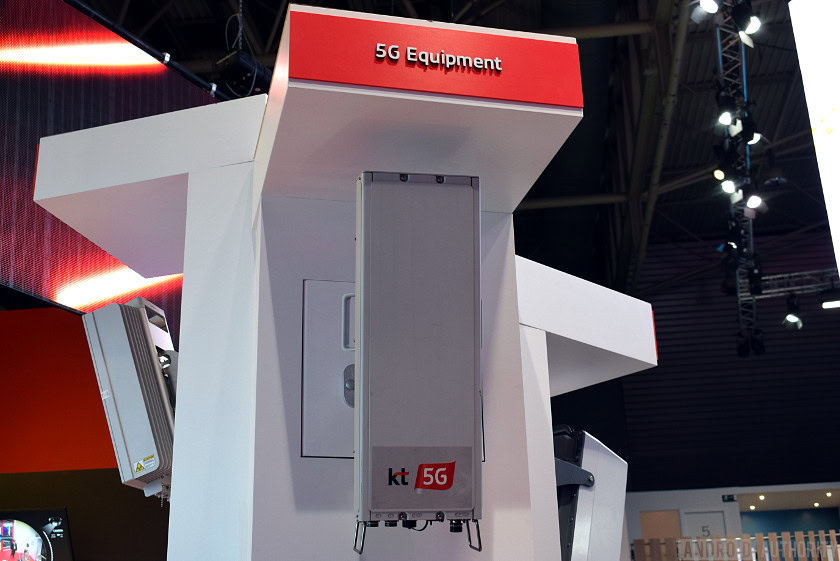
We should apply the same thinking to the upcoming 5G-compatible handsets from LG and Samsung — both expected sometime in 2019.
On top of concerns of covered areas, the first 5G phones will almost certain come at a premium — we can probably assume roughly a $1,000 price tag, or perhaps even above. Your local area might not even get a decent 5G connection until 2020 or 2021 — perhaps even later. By then you may already be contemplating another upgrade. There’s simply no guarantee that 2019’s 5G-compatible flagship phones will receive 5G service before their successors come out.
Even by 2023, there’s only a 50-50 chance you’ll have a 5G phone, compatible subscription, and network coverage in the U.S.
Return of the data caps
What 5G contracts will look like is remains a great unknown, but history suggests these faster data speeds will come at higher prices, and possibly with lower data allotments — at least in the first few years.
The U.S. only recently started offering readily available unlimited data plans, and they’re not cheap. The country is already among the most expensive places per megabyte for wireless network contracts in the world. 5G-compatible plans will almost certainly be even more expensive and may not debut with unlimited data. Combined with potentially limited coverage in the first few years and minimal benefits for our most common usage habits, a fifth-gen contract could be an unnecessary expense for most customers.
Consumers paid a premium with the arrival of 3G and 4G networks, and the fifth generation will probably be no different.
Contract prices and allowances are unknown.
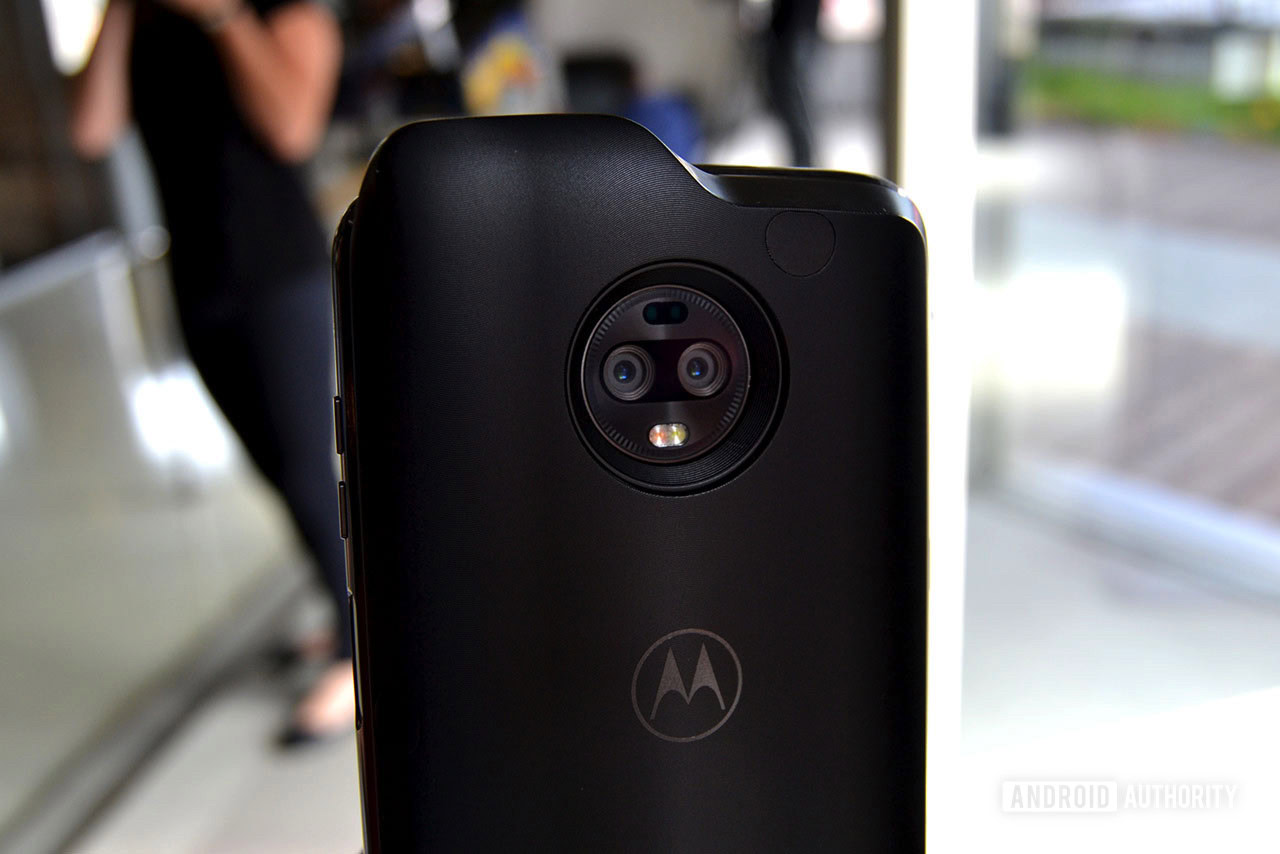
There's no guarantee that 2019's flagship phones will see 5G service in their lifetimes.
Put simply, you shouldn’t feel rushed to buy a 5G smartphone. Early implementations won’t revolutionize the way we use our smartphones. 4G LTE networks are already fast enough, and will continue to benefit from the capacity expansions that form the backbone of next-gen networks.
Please don’t buy the Moto Z3 just for its 5G Moto Mod. I wouldn’t pay too much attention to hints about 5G smartphone releases from LG, Samsung, or others early next year, either. They could be niche regional releases, and likely won’t be any more useful for most consumers anyway. Switching will only make sense when the networks are up and running at full speed in your area and the price is right.